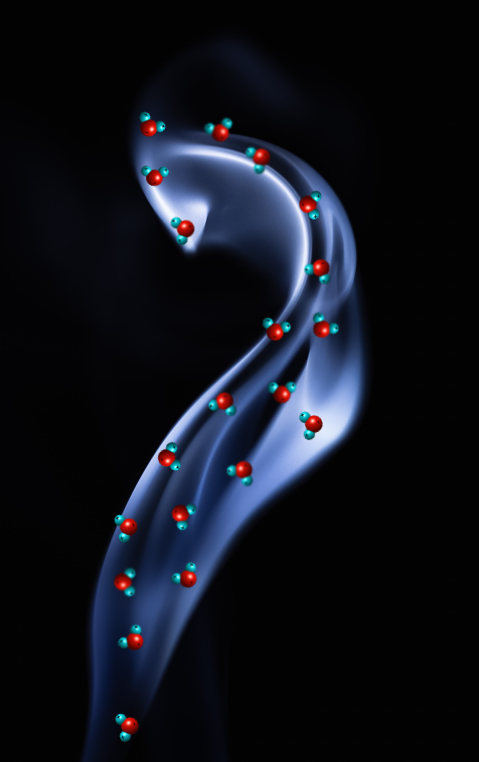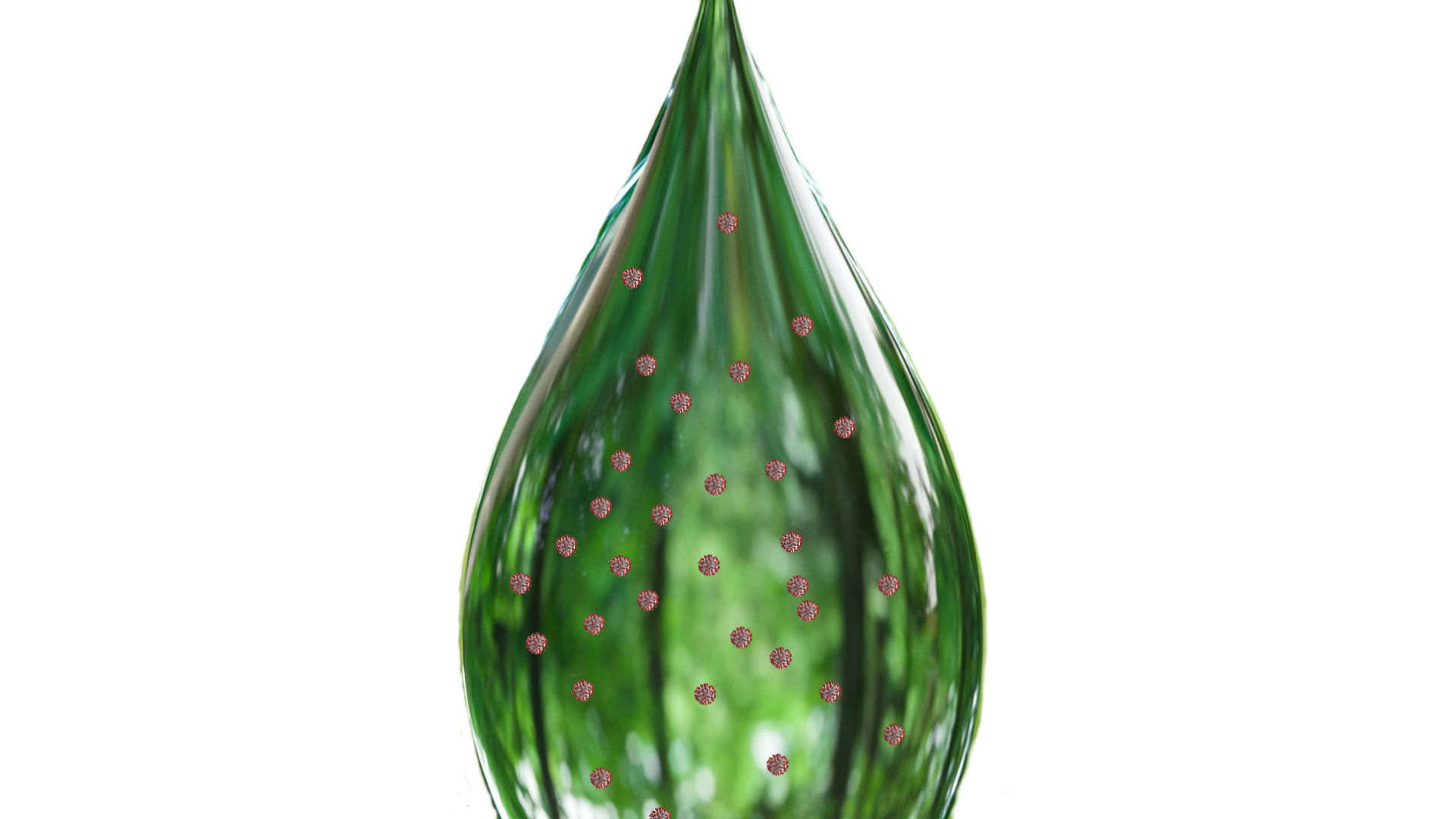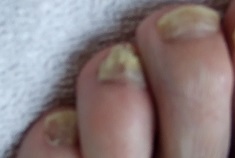Little did I know that my Coughs and Sneezes Spreads Moisture article, written pre-pandemic, would become so relevant for so many people. Out of sheer annoyance I wrote the article because somebody sneezing on a bus in Edinburgh caused me to bring a cold virus back to Ireland giving me several days of suffering.

This post is about the droplets we exhale, by sneezing, coughing, talking and even simply breathing, that can transmit Covid through the air to infect another person. If you’d like evidence of creating airborne droplets by just simply breathing, walk outside on a really cold morning and see your breath materialise into a cloud of droplets. Watch how they disperse and disappear. So, what has happened and why is this important in spreading Covid?
The mist you see appearing from your breath is made up of millions of water droplets. These quickly spread out and evaporate in the air causing them to get smaller and smaller until they are no longer visible. When we sneeze and cough a lot more fluid is expelled as heavier droplets which are acted upon by gravity and fall to the ground, or onto any nearby surface.

Now let’s think about what these droplets contain. If what we breathe out was pure water, the droplets would evaporate to water vapour becoming part of the moisture in the air. Expelled larger droplets from a cough or sneeze contain bodily fluids and tissue (cells) and this changes what can happen to them. Instead of evaporating away, the water in the droplets, when at higher relative humidity (%RH), is not lost as quickly or even at all. This last fact is key to understanding Covid indoor transmission.
Keeping in mind droplet size and %RH being linked with the spread of Covid, let’s look at winter. A physical property of water is that the maximum amount of water the air can hold depends on temperature. When the temperature is high, as in summer, the air can carry a lot more moisture. But in cold winter conditions the air quickly becomes saturated with moisture. We breathe out on a cold morning and our warm moist breath hits a sudden temperature drop and, like dew on grass, the moisture condenses to water droplets.

We are advised to open a window to let out Covid. This makes sense as Covid virus particles (‘viral droplets’) breathed out when indoors can continually build up in the enclosed space. Potentially the situation gets worse in winter. Cold outside air comes into a heated building and is warmed. This reduces the %RH of the air making it drier. Low %RH air causes our expelled larger droplets to evaporate faster reducing their size. As the larger droplets turn into very small ones they can float around in the air for several hours. In the light of this, opening windows for fresh air circulation becomes a good idea for evacuating these small viral droplets out of the house.

Research on Covid is showing that indoor infection rates drop off quickly at 75 %RH and above. At this humidity, viral droplets can increase in volume by water absorption from the air (the opposite of drying) and makes the droplets heavier. Their movement then throughout the air is restricted by the pull of gravity shortening the time they are available to be breathed in. The drop off at 75 %RH is not a lower limit as there is a trend of decreasing infection rate from about 40 %RH upwards. It is being suggested that offices and public places should be controlled by humidification/dehumidification in the zone of 40 to 60 %RH, not just for comfort, but now also for safety. However, at higher humidity the droplets will remain droplets for longer as they resist drying out. Contact by touching a surface with viral droplets is another route for infection so hand sanitation is critical also.
Martin Byrne is somebody I’ve known for many years. His company, Envirosafe Ireland, sells containment technology. Last week, Martin shared a post on LinkedIn which was quite timely with me starting to think about writing this article. Martin’s post was a link to an article on removing airborne virus using filters in wards at Addenbrooke’s Hospital, Cambridge, UK. In this article it says “..during the first week prior to the air filter being activated, the researchers were able to detect SARS-CoV-2 on all sampling days. Once the air filter was switched on and run continuously, the team were unable to detect SARS-CoV-2 on any of the five testing days. They then switched off the machine and repeated the sampling – once again, they were able to detect SARS-CoV-2 on three of the five sampling days.” My impression of hospitals is that they are always too hot and dry, so it seems like one effective way of controlling Covid is to have airborne viral droplets filtered out of the air.
Science and technology give us hope as we gain both greater understanding of Covid infection and new tools in the fight against this highly infections and dangerous virus. But a big part of the battle is for us to take personal responsibly to protect ourselves and our fellow humans. Common sense, that rare commodity these days, would go a long way to help.

I write about how humidity and moisture effects everything around us. If you would like to hear more on the impact of moisture, various topics on moisture and humidity are discussed in my eBook “A Wetter Look At Climate Change”.



